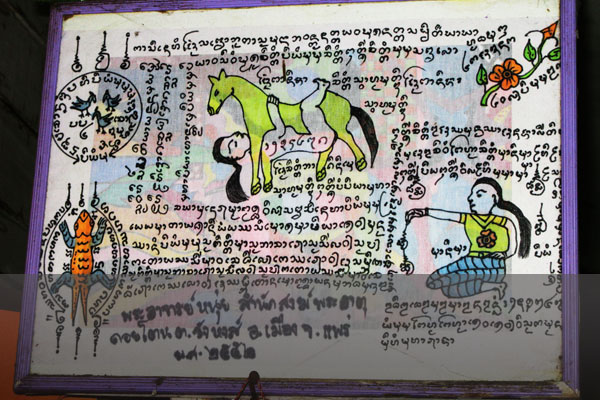Hindu deities, Buddhist images, bestiality, mythical creatures, animist revelations, scary superstitions and hopeful hallucinations.
Behind the squeeky-clean image promoted by Thais urban and urbane, a deep undercurrent of the primal and supernatural courses through belief and persists as images inside temples, shops, homes, wallets, purses and cherished jewelry boxes.
Often these illustrations, known as pha yant, are proudly framed above doors or mounted on walls in public, making it easy to photograph them. Pronounced “paa yan,” the words translate as “cloth” and “sacred diagram,” and have been described in English simply as spirit cloth.
Pha yant are usually printed in black ink from hand-carved woodblocks manually pressed onto inexpensive pieces of white or colored cloth or simply drawn freehand.
Many older or rural Thais, and even some cityfolk, have one or more neatly folded pha yant in their wallet or purse, hoping it will keep them safe wherever they go. Traditionally, Thais journeying from their hometown on vacation or business would even bring a few extra pha yant with them, especially one which safeguards travelers.
Pha yant can include portraits of exalted people, humanoids or beasts. Sometimes they’re just squiggles and geometric patterns peppered with numbers, letters and secret codes drawn from ancient Sanskrit, Pali, Khmer, Thai and other languages. Incantations encoded along the horizontal and vertical borders can include script which only masters and adepts can correctly interpret. The woodblock illustrations also appear printed on paper and pasted above a doorway facing the street where, exposed to the elements, they deteriorate over time.
Pha yant are similar to sacred sak yant tattoos which adorn many Thais and – thanks to their popularity – celebrities and noncelebrities the world over. Various pha yant and sak yant purportedly protect their owners from danger, attract cash, build political power, repel ghosts, produce luck or confer other metaphysical powers those who possess the designs.
Unsurprisingly, some pha yant are designed to work some love-sex-magic, such as a popular illustration known as Maha Saney, which depicts a woman copulating with a horse or other animals.
Believers sometimes rub a pha yant on their head or body, hoping the cloth will excrete its spell for them to soak up. Othertimes, people might soak their pha yant in perfumed prayer oil or holy water and allow it to drip upon them to shower in its concentrated mojo. Although we won’t be liable for what you find there, you can also meditate upon a pha yant’s patterns until it creates a keyhole to another realm. The cloth can also be wrapped around a candle and burnt in a ceremony. Freakier rituals include rolling up a pha yant and stuffing it into the mouth of a dead fish while chanting and performing other equally puzzling acts.
If you want to own a pha yant, many Buddhist temples offer them in exchange for a small donation, and each wat’s illustration is unique. Bangkok’s amulet markets sell stacks of inexpensive pha yant in bulk, sealed in plastic bags, for easy distribution.
Some speculate pha yant appeared centuries ago among the region’s soldiers who carried the cloth or wore magical undershirts emblazoned with the designs. Their use was quite practical: as protection on the battlefield or to cast crippling spells against enemies.
Pha yant appear elsewhere in Asia, including among Tibetan Buddhists. So it’s difficult to say who began the tradition, which also includes spiritually infused amulets, coins, bones, lockets, tree branches, rocks and other items blessed by monks or said to be auspicious because of their origin.
Many of their illustrations link to Hinduism’s ancient scriptures, the Vedas. Mix those images with Buddhist and Southeast Asian animist and ethnic tribal symbols, and today you have pha yant which include traditional and invented drawings, personalized according to artists’ abilities and knowledge of the occult, and all meticulously distilled by that Thai capacity for the fantastic.
Check out our gallery below for some examples and descriptions.
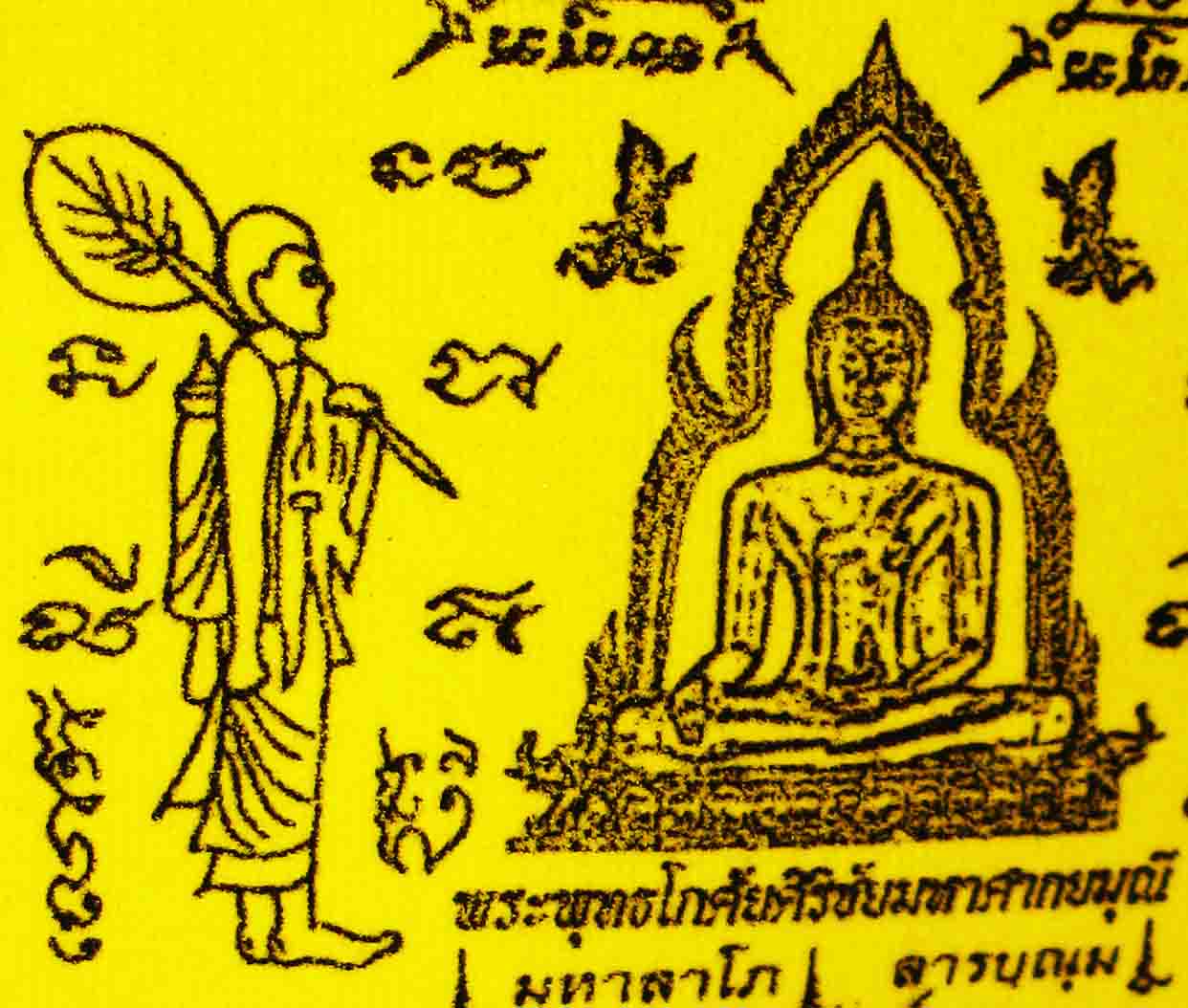
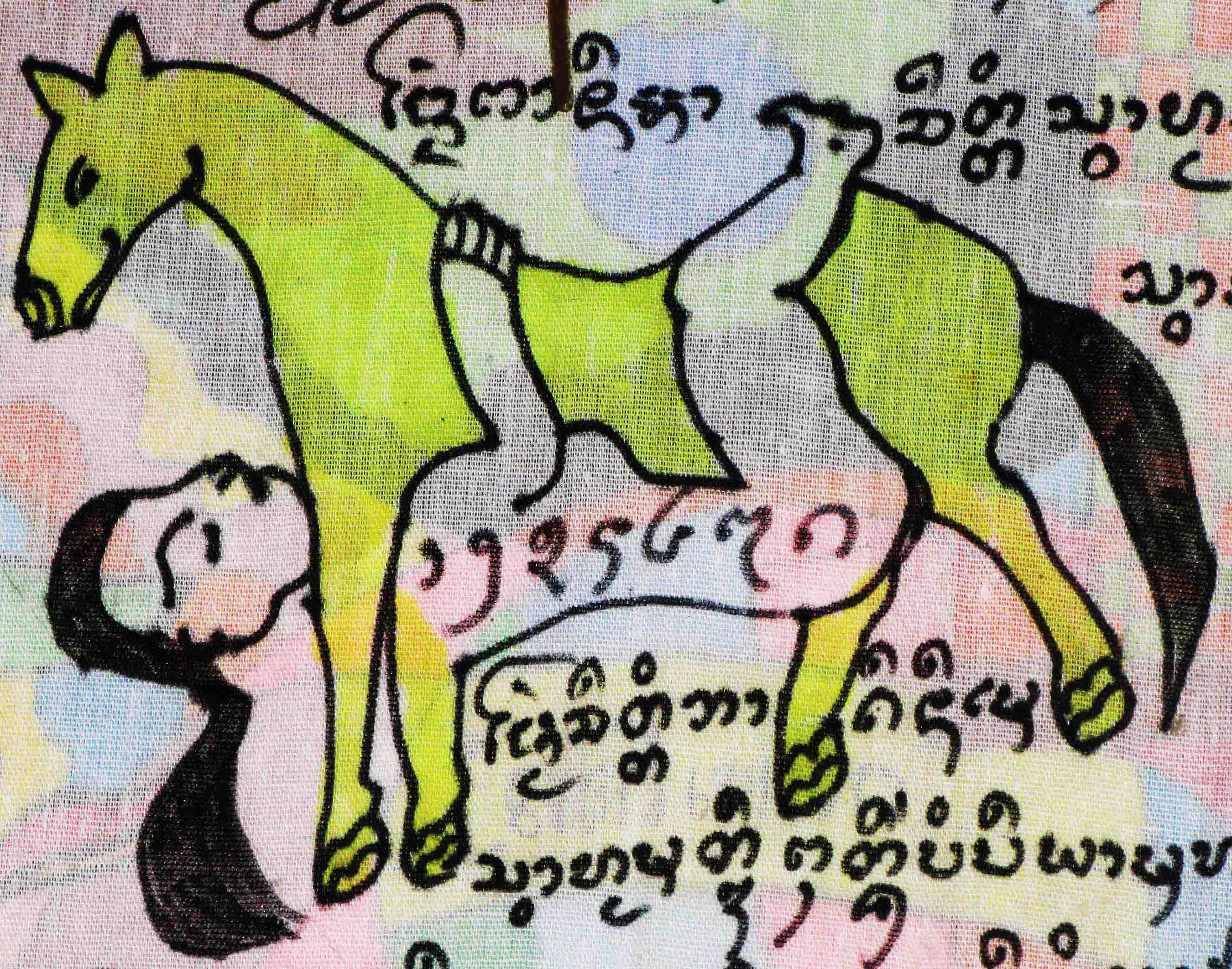
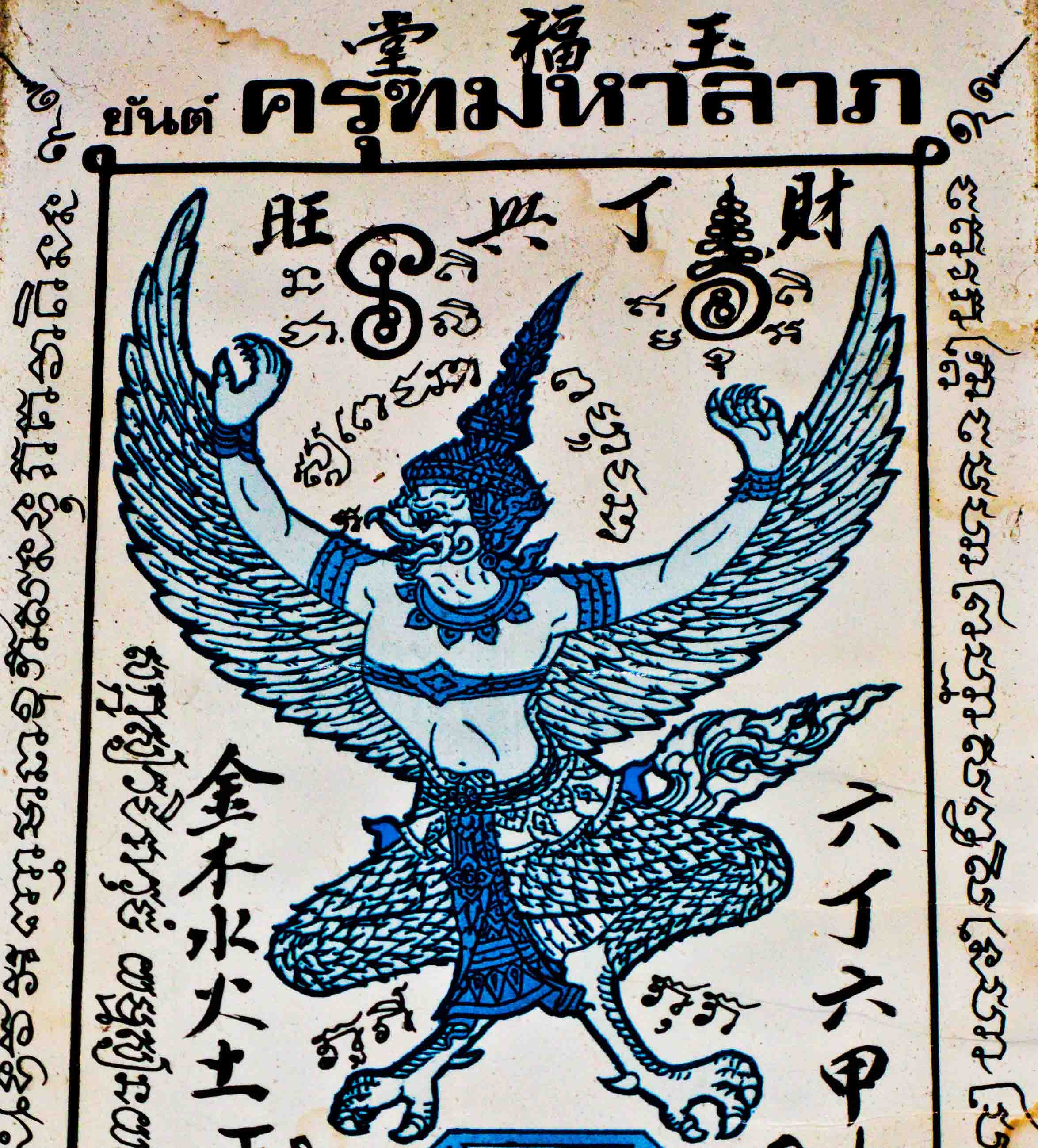
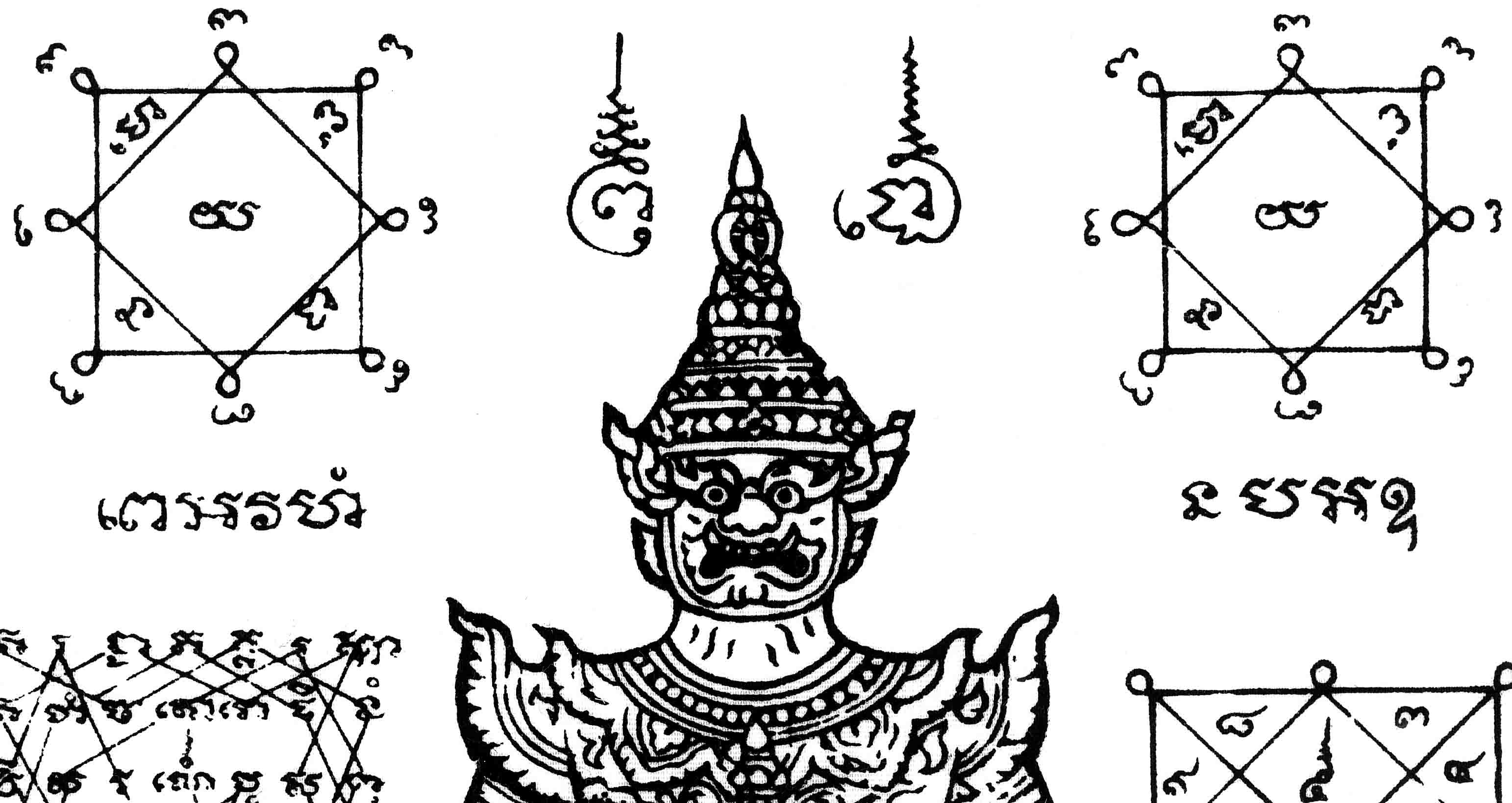
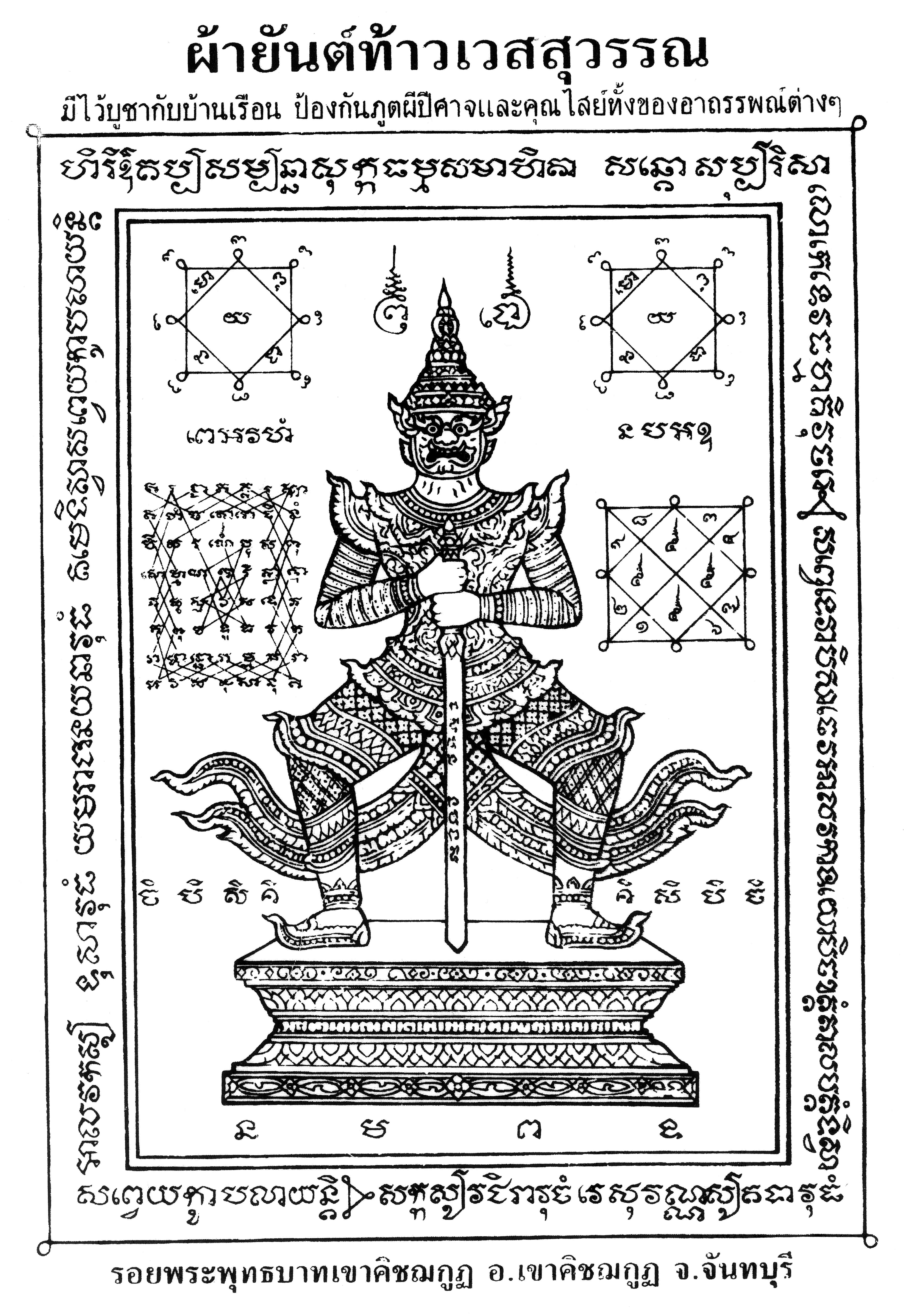
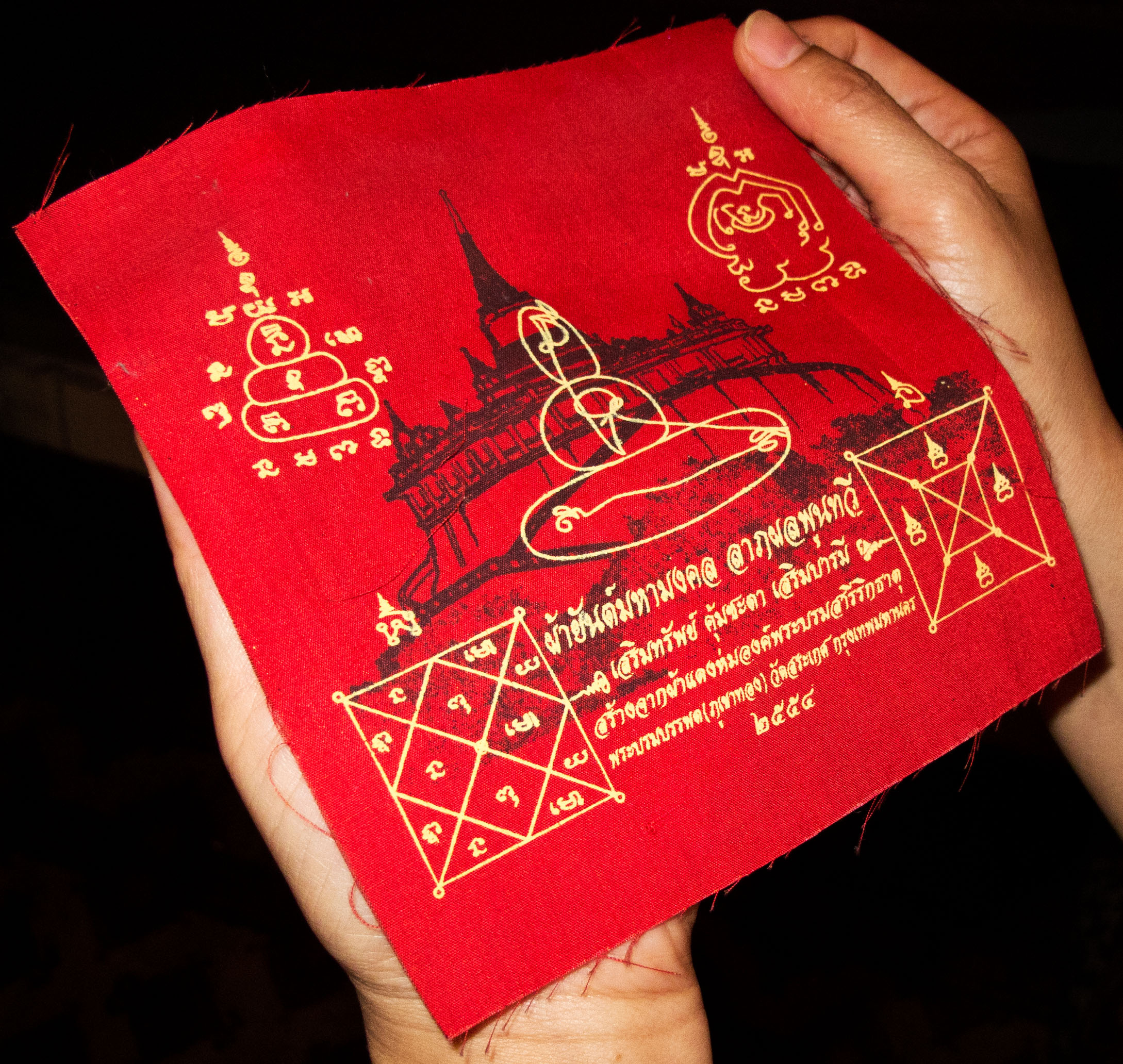
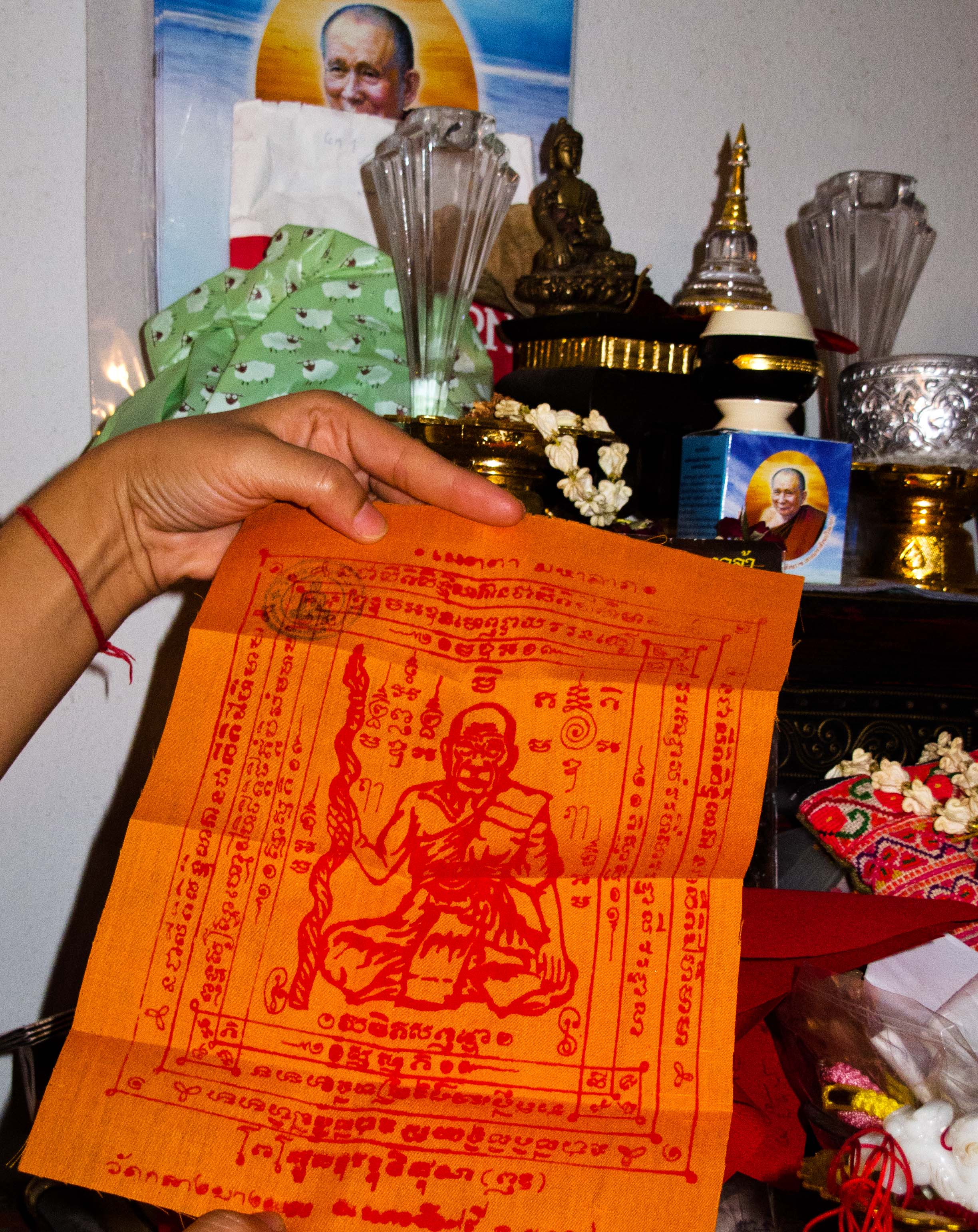
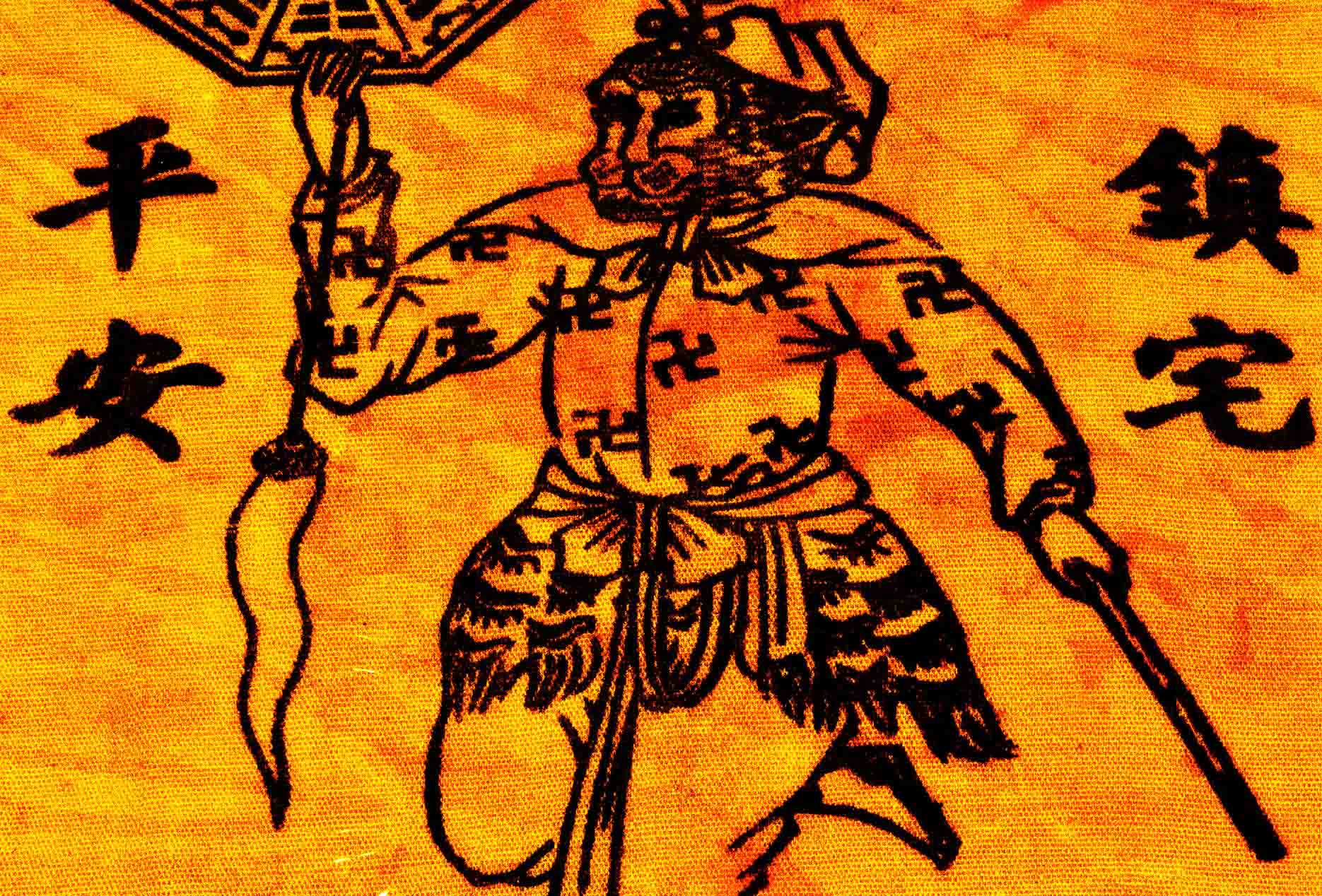
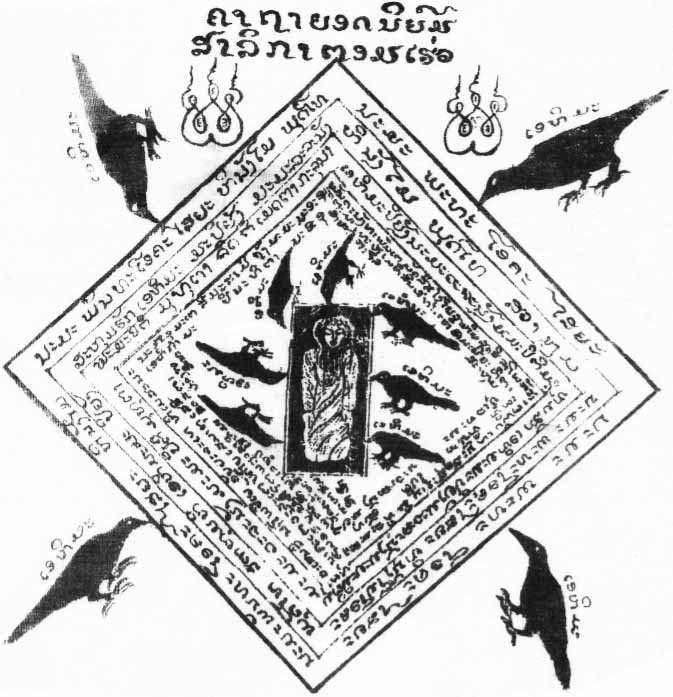
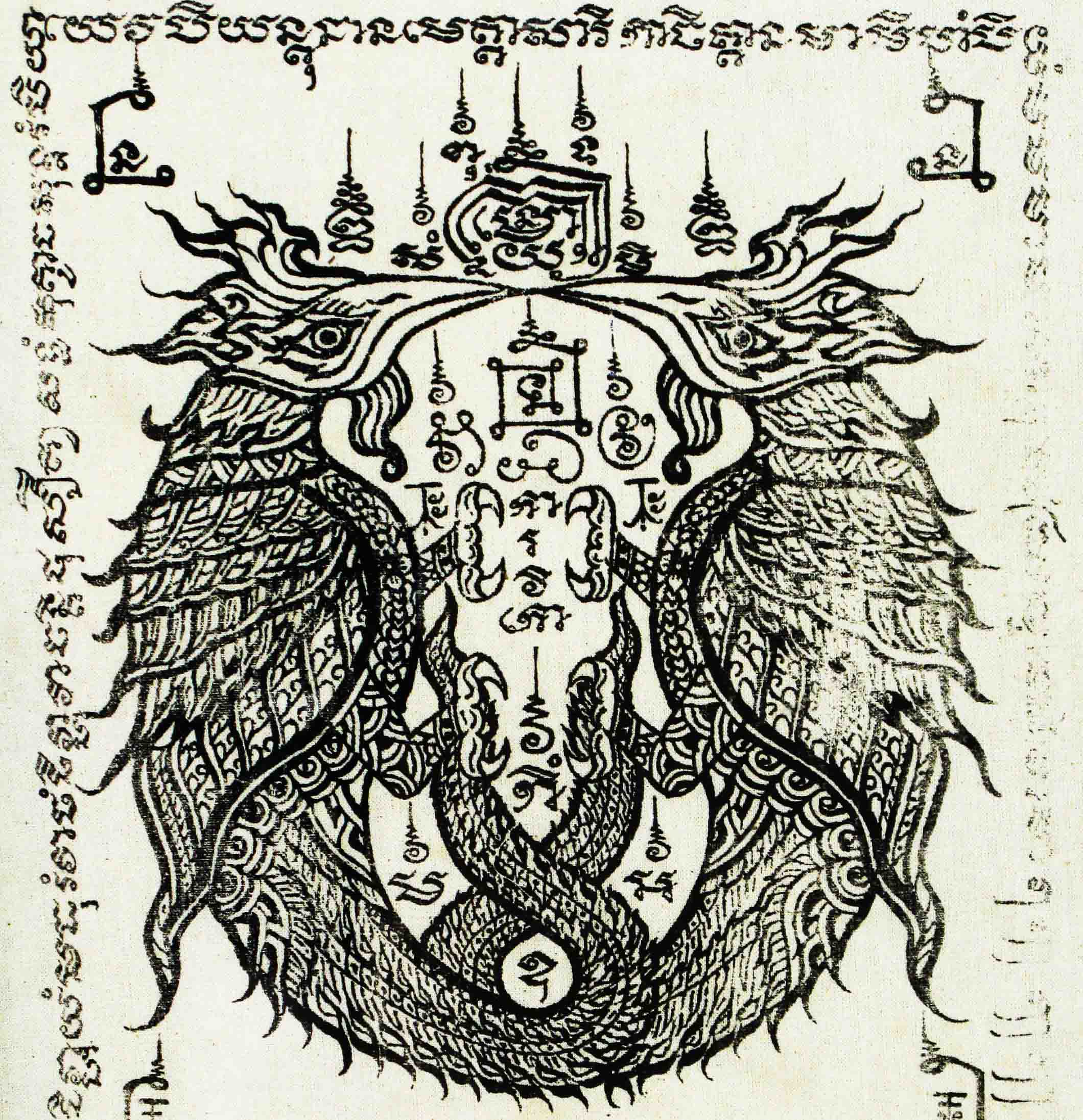
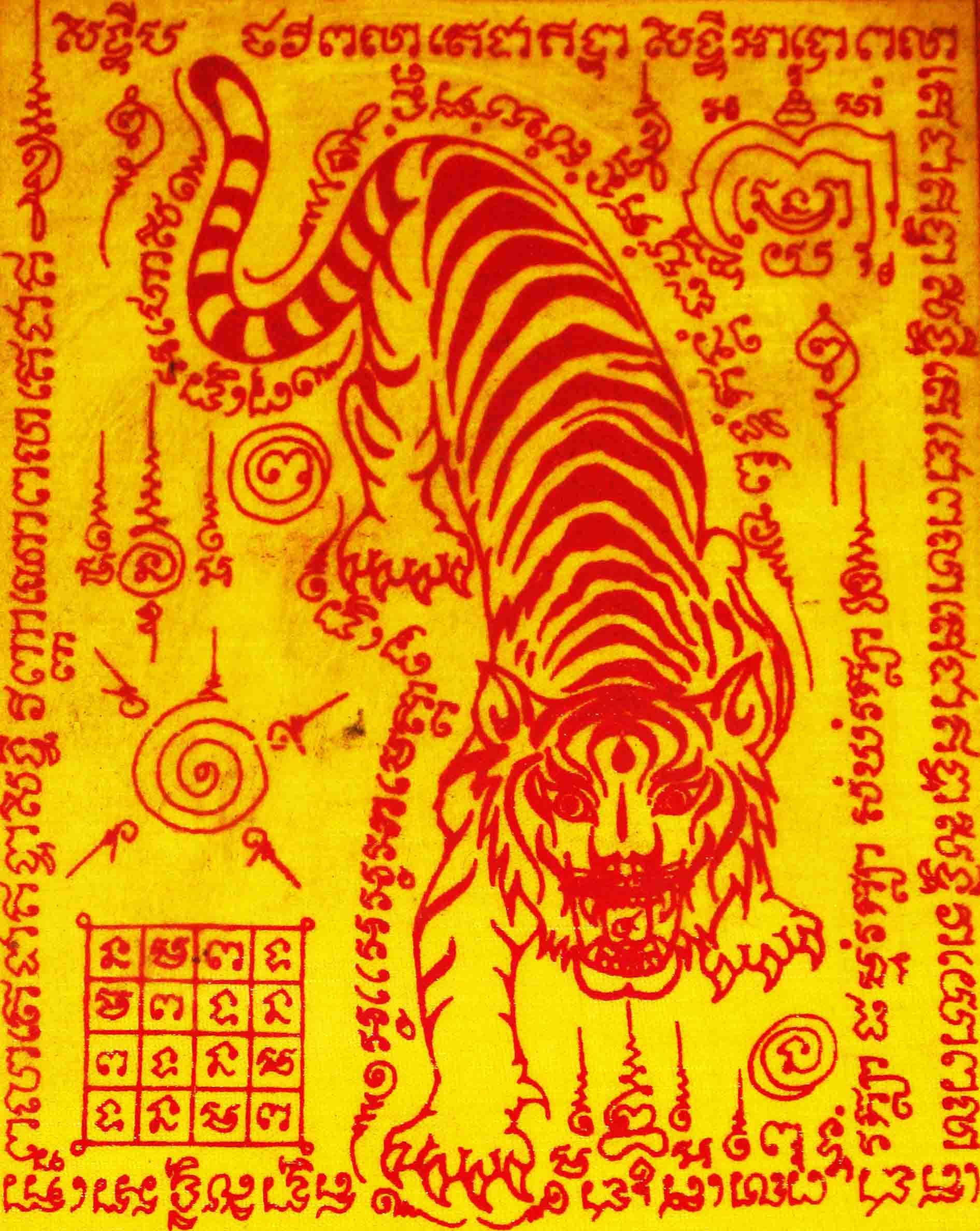
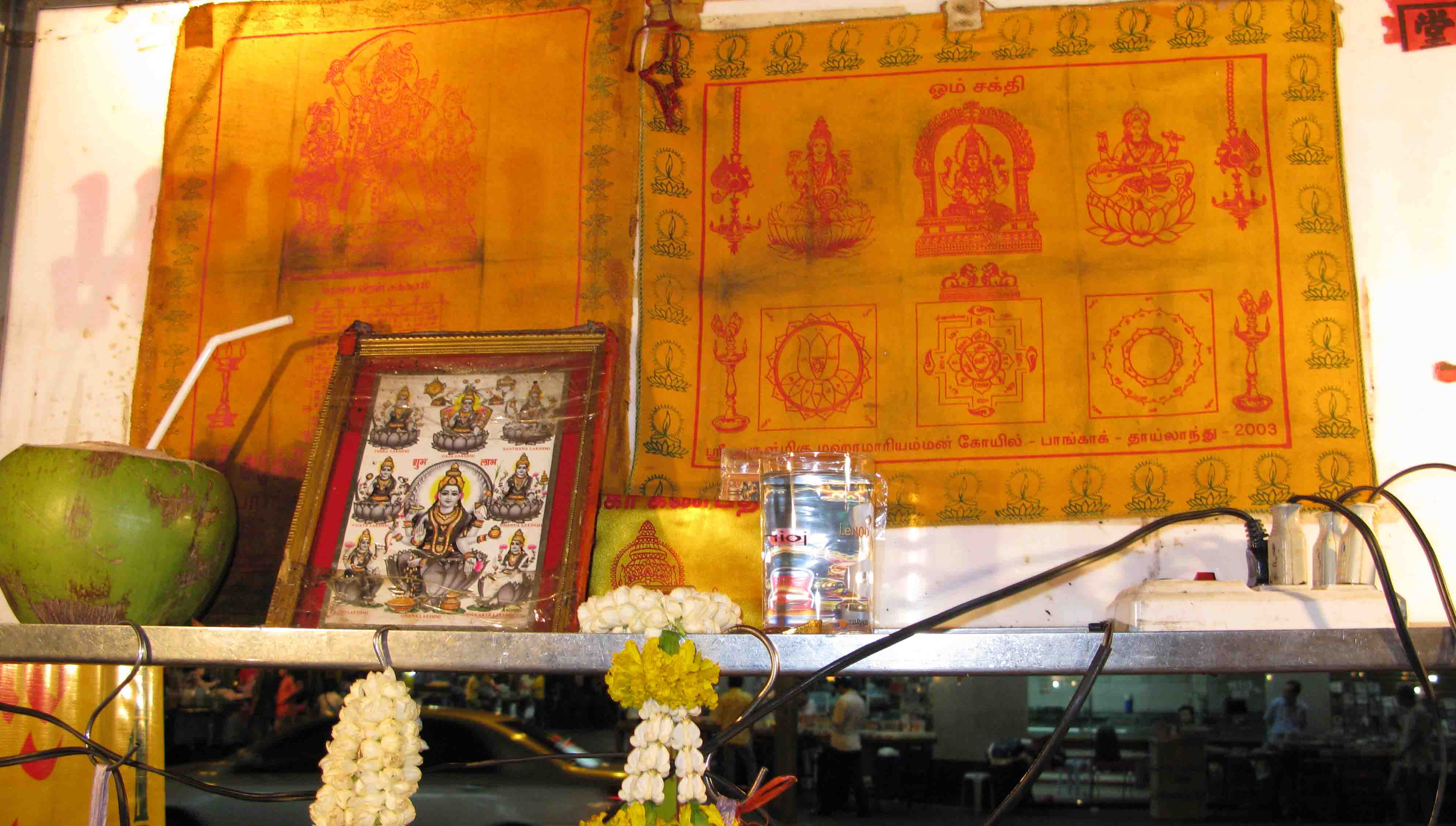
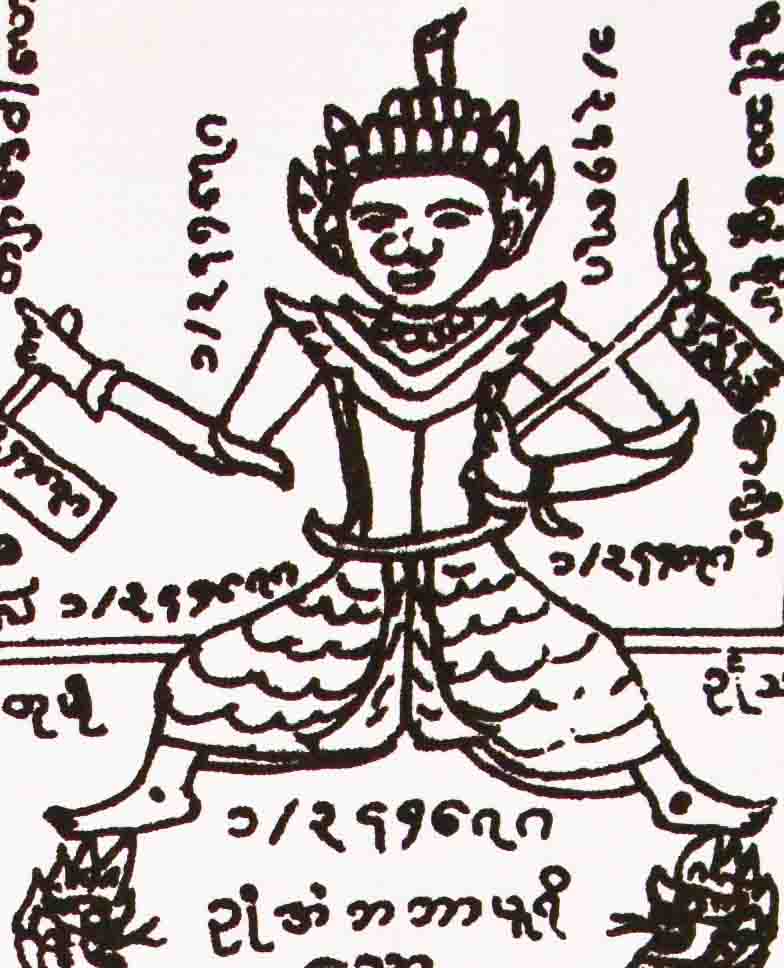
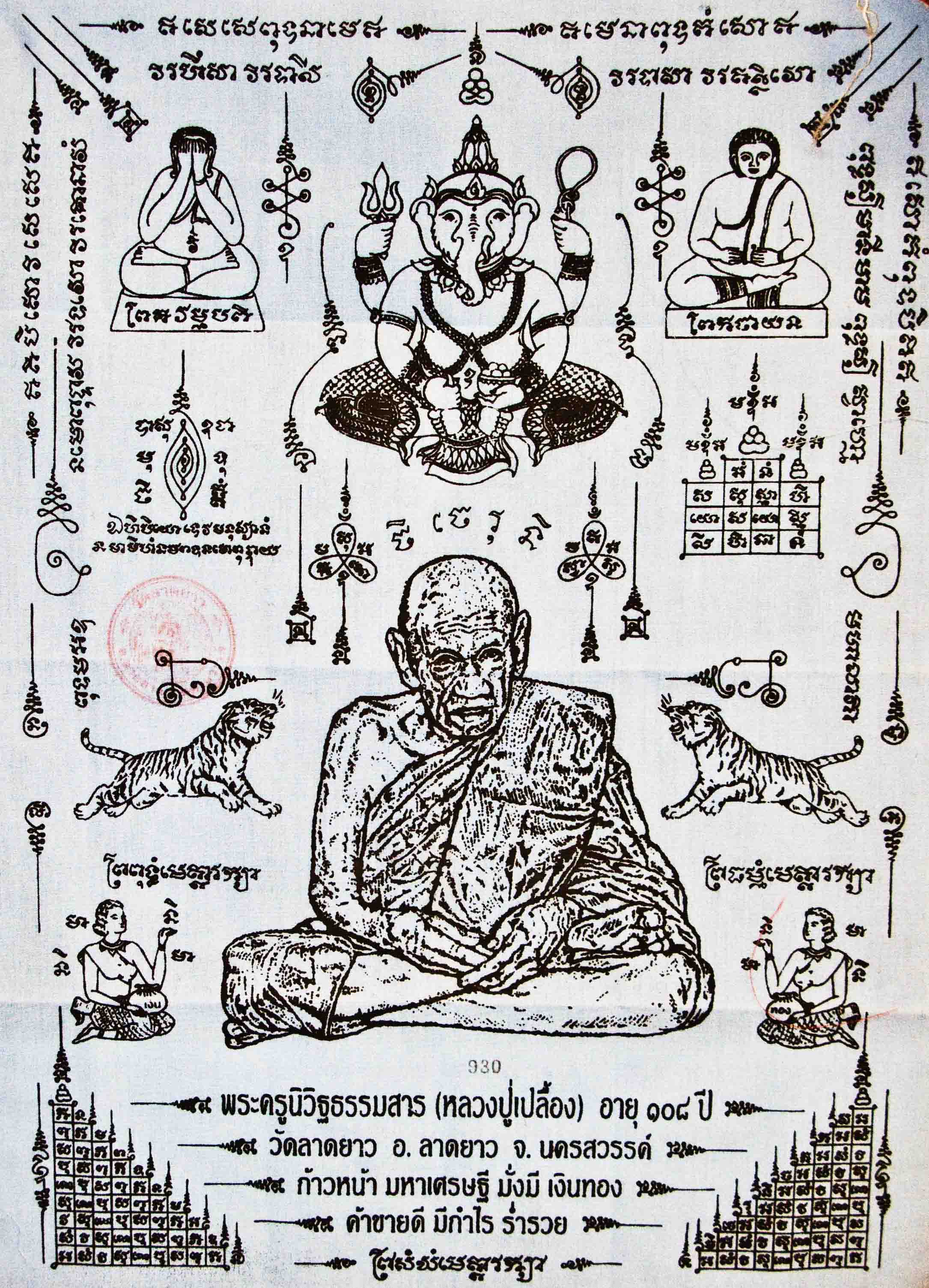
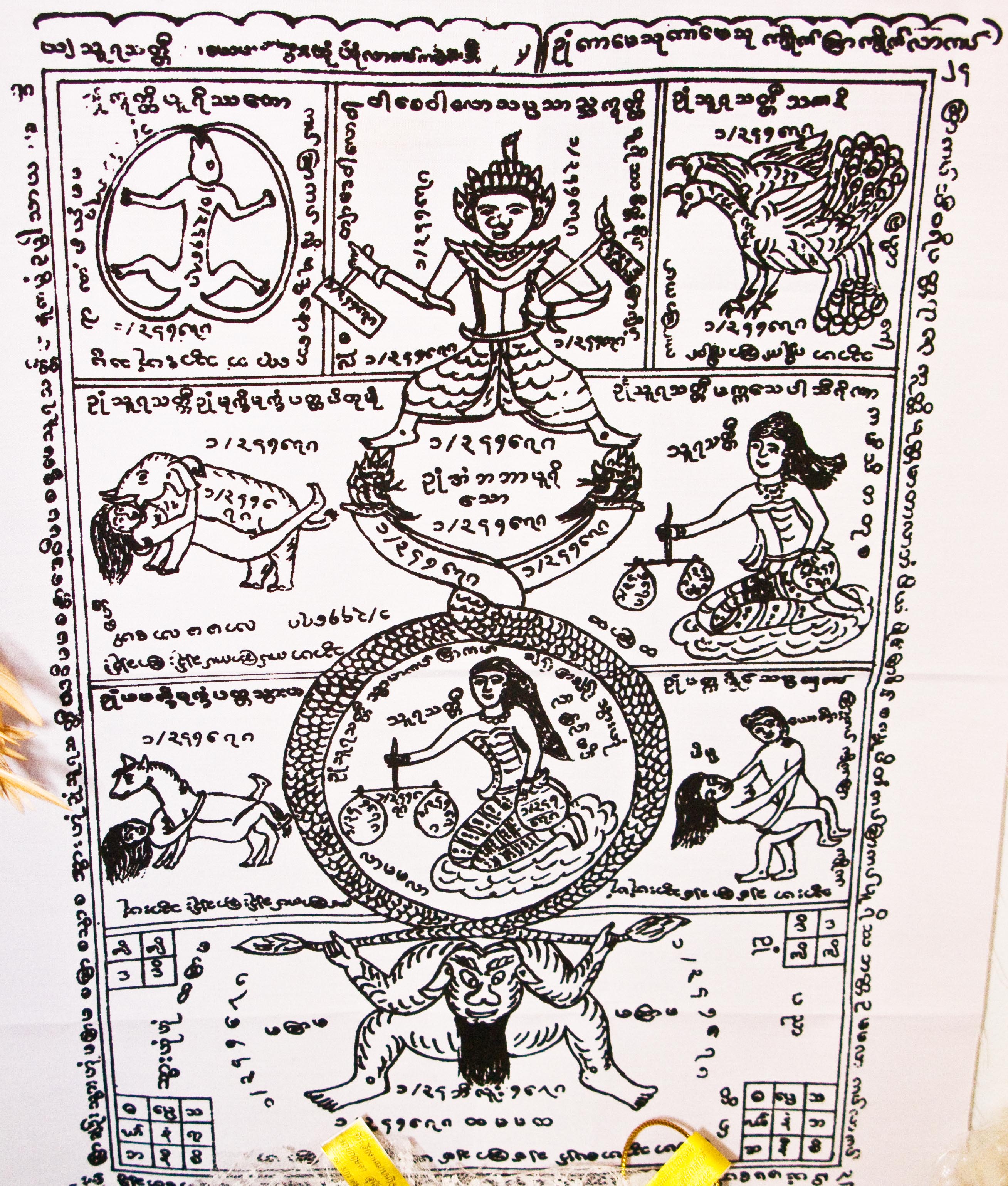
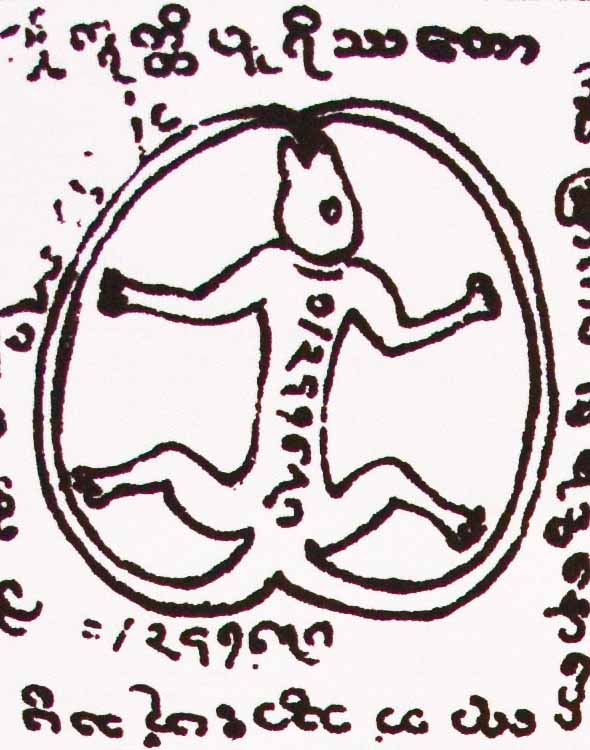
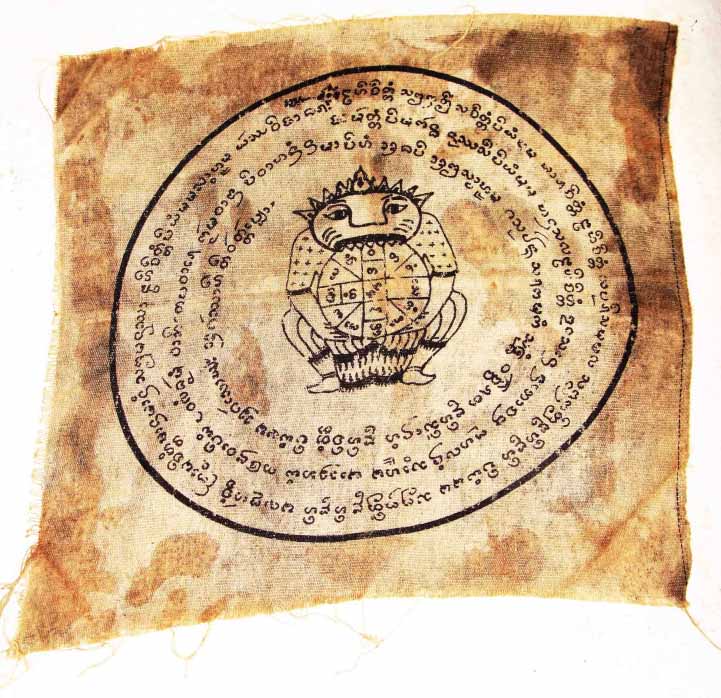
Related:
